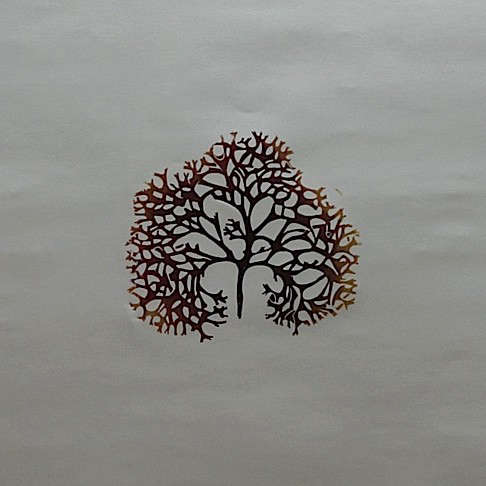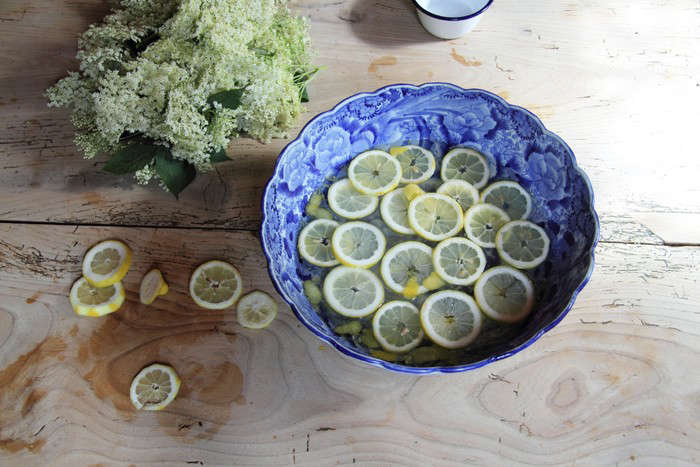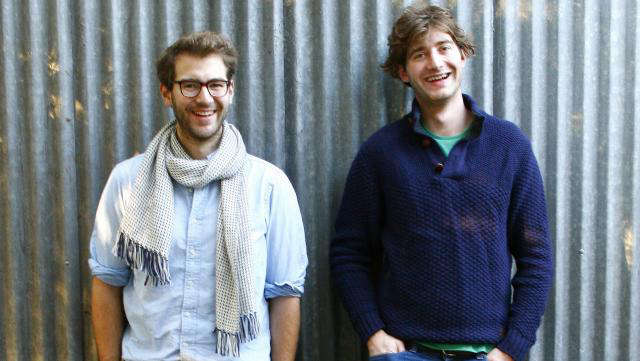Dublin-based architects Peter Legge Associates inject a sense of humor and a dose of color into a kitchen extension and remodel of a Victorian house.
Architect Peter Legge worked out that a 160-square-foot single-story extension was all that was needed to transform this late-19th century Victorian terraced house into a contemporary family home. As with many Victorian houses of this type in Dublin, the main body of the house contained two large rooms with generous ceiling heights, while the rear of the house contained a small, dark, low-ceilinged kitchen. Legge’s initial response on entering the front hall was to open a view to the garden, and his solution involved reworking the back by adding a single-story extension to accommodate a new kitchen, dining space, and additional utility and storage spaces. How did the low-ceilinged kitchen gain more height, then? Keep reading.
Photography by Sean Breithaupt and Yvette Monohan.

Above: Legge’s extension appears to run through the house like an intersecting ribbon. The double-height dining space/kitchen space was facilitated by stealing space from an existing bedroom above. The brick patterning on the extension is an homage to Alvar Aalto’s summer house in Muuratsalo and offers a less formal and more playful face to the garden.

Above: In the entry hall, the green carpet stair runner spills into an unexpected puddle; a hint that the inhabitants don’t take themselves too seriously. It was the architect’s intent to soften the the introduction to the ascent up through the three stories of the house. An Ilse Crawford 446 Settee adds spare elegance.

Above: “This is the first room you enter from the entrance hall, and we wanted to complement the existing Victorian period features while still relating to the more contemporary aesthetic one encounters as one moves through the house,” Legge says. The Thistle Rug is from Timorous Beasties.

Above: The walls of the sitting room were painted Mineral Haze by Dulux. A Non Random White pendant by Bertian Pot for Moooi provides a contemporary contrast in the view to the next room.

Above: “The wood trim surround picks up on both the oak floors of the playroom and the oak of the kitchen beyond,” Legge says. “The doors are useful in either opening up the circulation between the front and rear or alternatively closing the playroom for more privacy.”

Above: In the dining area, the floors are polished concrete.

Above: Hans Wegner Wishbone chairs provide seating to the long wooden dining table by Dublin-based Oikos Furniture.

Above: The cabinet handles are vertical oak strips with a cut out for a hand grip at the appropriate height.

Above: “We installed a wood floor in the actual kitchen area because wood is a more accommodating material to stand on for any period of time than concrete,” Legge says. A skylight brings daylight from above into the one story part of the remodel.

Above: The kitchen cabinets and island were manufactured in Kiltegan, County Wicklow, by Langrell.

Above: Additional storage and utility rooms sit beyond the dining room in the new extension.

Above: “The green roof on the extension exists to soften the roof when viewed from the rooms above and links it to the garden beyond,” Legge says. “It also assists in reducing the amount of surface water runoff from the extension.” The double-height ceiling in the dining area was achieved by using the space from what was previously a bedroom.

Above L: The stair runner, which continues all the way up through the house, gradually changing color as it goes reflects the client’s interest in color and also picks up on the colors used elsewhere in the house. Above R: The orange grout in the bathroom introduces color as a subtle highlight.

Above: In the storage hall that looks below to the dining area, the painted scribed paneling is routed MDF. The wood floorboards were sized to continue these lines.

Above L: Legge injects color into the bathroom with a bright pink tap by Vola. Above R: The changing colorful carpet continues.
This week as part of London Design Week, Sarah and I dropped in on Dublin-born rug designer Luke Irwin’s Tarantella Collection launch. See Luke Irwin Rugs in London for more.




Have a Question or Comment About This Post?
Join the conversation (9)